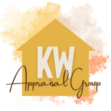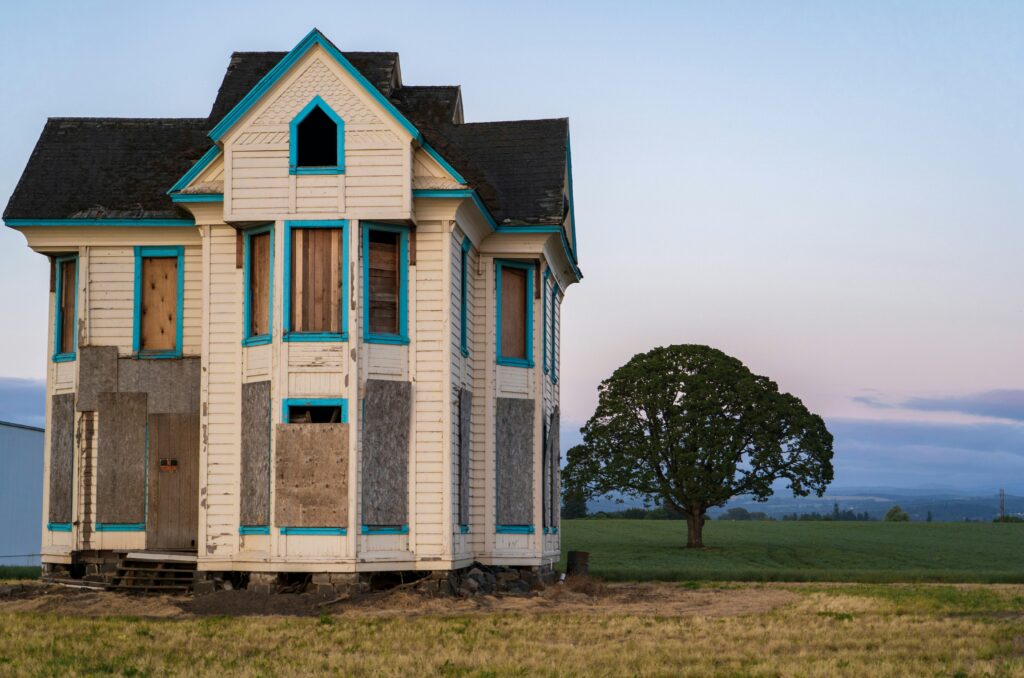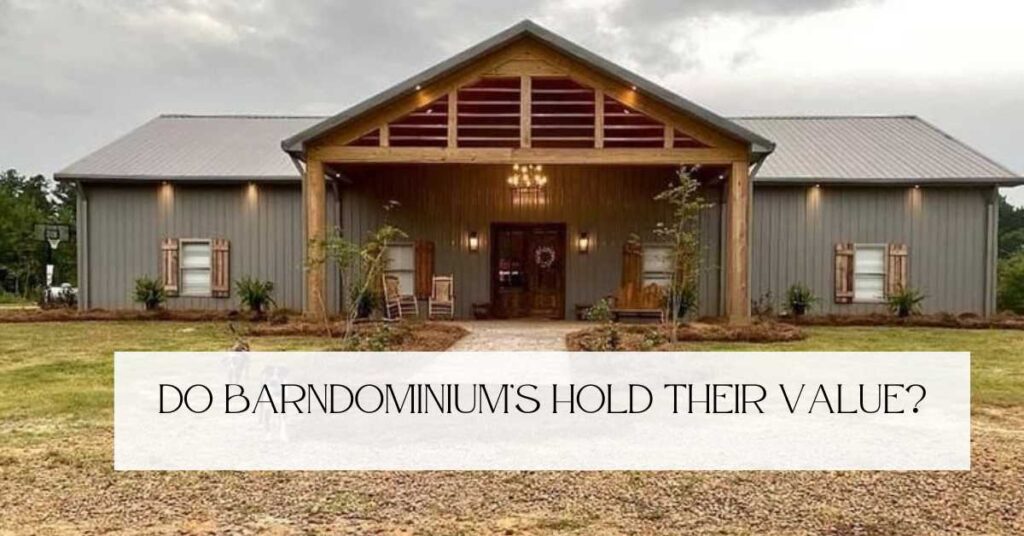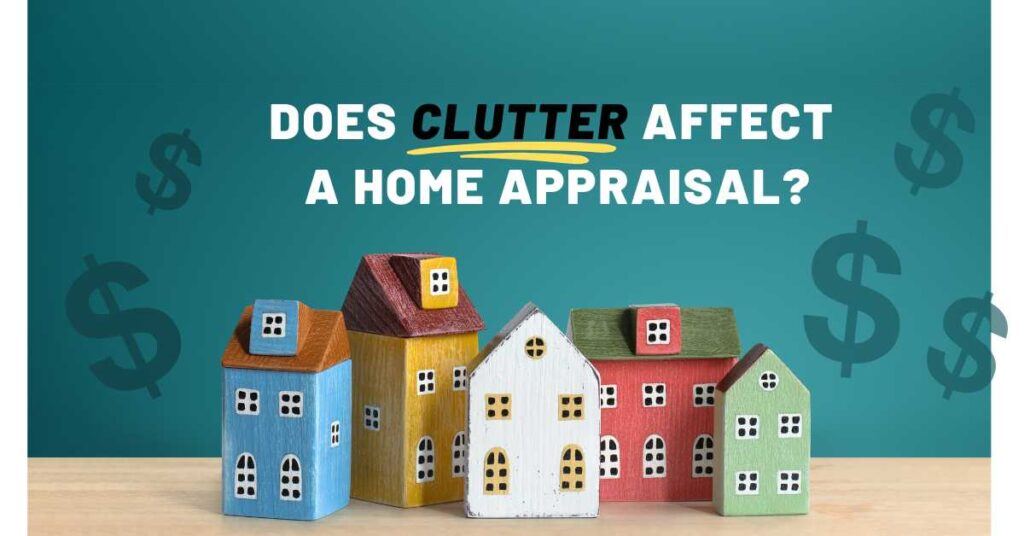Are you in the market for a new home and considering a fixer upper?
Perhaps you’re a seasoned investor with a portfolio of successful flips… or maybe a few flops.
In this article, we’ll explore how you can spot a home with the potential for BIG value… from an appraiser’s point of view.
I’ll offer a unique perspective (and a few other tips) for spotting great potential in properties that may look a bit rough around the edges.
Disclaimer: Our articles are written by a Licensed or Certified Residential Appraiser. This information is meant for educational or informational purposes only, and does not support or indicate an opinion of value for your home or property, nor does it provide any type of value indication for a lender, attorney, realtor, or any other individual or entity.
If you know how to spot hidden potential, you’ll have a greater chance of snagging a great fixer-upper at a bargain price, and then turning it into something extremely desirable.

After that, you just have one tough decision left – live there and enjoy…or sell for a nice profit??
- Understanding Fixer Upper Homes
- Benefits of Fixer Upper Homes
- Things to Consider Before Purchasing a Fixer Upper
- Spotting Potential in Fixer Upper Homes
- What to Look For in a Fixer Upper
- Essential Tips for Potential Home Buyers
- Financing Options for Fixer Uppers
- Helpful (and Free!) Tools For Your Fixer Upper
- The Bottom Line
Understanding Fixer Upper Homes
First, let’s define what exactly constitutes a fixer-upper home. These properties typically require some extent of repair, renovation, or TLC to bring them up to modern standards.
Or in some cases, to make them livable at all.
Happily, they are always priced lower than move-in-ready homes, making them an attractive choice for those willing to put in the time and effort.
Anyone house hunting in the last few years may be exploring this option due to the lack of available homes. But not to worry – tough markets like we’ve seen the last few years sometimes give us a push to consider trying something new.
If you’re new to the world of fixer uppers or “project homes”, I hope this article will give you a bit of guidance and confidence when it comes to finding the perfect one.
Benefits of Fixer Upper Homes
Fixer-upper homes come with several potential advantages that make them worth considering for the right buyer.
These may seem obvious if you’re already considering a fixer-upper, but let’s at least review the basics:
Cost Benefits:
Purchasing a fixer upper can be an excellent way to grab a property at a lower price, potentially saving you a significant amount of money on the initial purchase. If you plan to fix a home up to sell and make a profit, these properties can offer an attractive return on investment.

Customization:
With a fixer upper, you have the opportunity to put your own stamp on the home, without having to build it from scratch.
You can choose the new finishes and design elements that reflect your preferences, making it unique and and one of a kind.
Flexibility:
Fixer uppers often have more room for negotiation when it comes to price, as they may have been sitting on the market for a while, or need repairs that many buyers are unwilling to take on.
This will give you more leverage in securing a favorable deal.
The key to a successful fixer upper ultimately lies in choosing the right property.
I’ll help you spot the hidden value potential in your next fixer upper so you can begin the process of turning it into a shiny gem that buyers will be clamoring for!
Things to Consider Before Purchasing a Fixer Upper
Before you dive head first into buying a fixer upper, let’s cover a few essential factors ANY home buyer should consider:
Affordability and Cost of Repairs:
One of the primary considerations before purchasing a fixer upper is knowing what you can afford in terms of repairs and renovations.
Have a realistic idea of how much you will invest and how much of a profit you can safely expect to get from the investment.
Cost calculators can give you a basic idea of what you can afford, based on your current income and available funds.
I like the FreddieMac calculator – It’s free and you can run some numbers based on income or the monthly payment.
Potential Profit:
Do some digging into home value estimators and recent sales in the neighborhood to gain a sense of what homes in better condition are selling for.
(Or speak to an appraiser!)
This will give you an idea of what the homes market value will be once it’s fixed up.
If you’re having trouble with this, call up a few local real estate agents and pick their brain about area prices. Most agents will be more than willing to spend a few minutes to do some research and help you out.
Realtors love adding potential clients to their list of connections!
Time and Effort:
Fixer uppers often require a LOT of time and effort to transform them into a livable and desirable home. Consider your current workload and commitments before taking on such a large project.

It’s important to have realistic expectations about the timeline for completing renovations.
A good rule of thumb is to always expect the project to take longer and cost more than initially estimated. Anyone familiar with real estate investing will back me up on this one.
Market Trends:
Research the local real estate market trends to ensure that renovating the property will align with current demand in the housing market and potential resale values.
If a neighborhood is up and coming with businesses coming in and other developments starting up, that’s a good sign for future sale value.
If, on the other hand, 90% of the neighborhood has up and vanished in the last few years and you see tumbleweeds rolling down the street – there’s probably a reason and you’ll want to figure out why.
Spotting Potential in Fixer Upper Homes
Now comes the exciting part – spotting the hidden potential in fixer upper homes. As an appraiser, I hope I can offer a unique perspective on analyzing properties with massive potential.
Let’s go over some of the “what to look for” and the “what to avoid” in terms of value potential.
What to Look For in a Fixer Upper
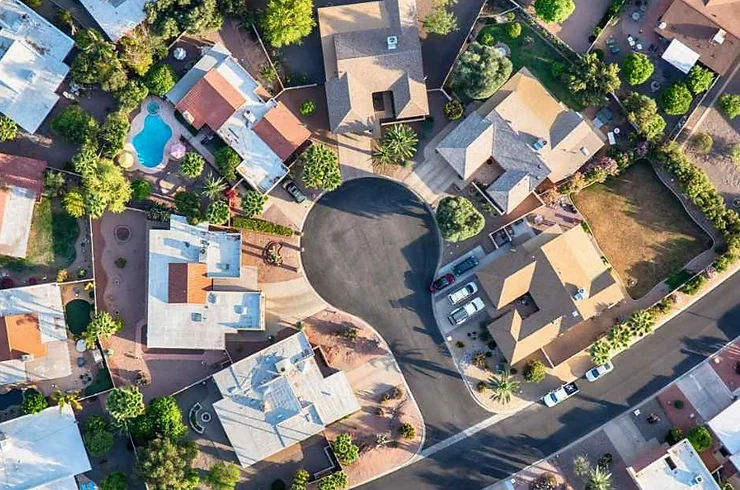
Here are a few key things I would advise anyone to keep an eye out for when searching for that perfect fixer upper, whether you’re a beginner or a seasoned investor.
Location
That old saying “location, location, location” still holds true when it comes to real estate. A great location can make all the difference in the value of a property. Even if the home isn’t quite perfect yet, try to envision the property at its best and how it fits in with the rest of the neighborhood.
Questions to Ask Yourself About the Homes Location:
Does it conform well and blend in with the rest of the area, or does it stick out like a sore thumb?
Whether or not a home conforms to the area is something appraisers will consider when determining its value.
On top of that, home buyers looking for something in a particular neighborhood don’t typically want to live in the oddball house that looks a bit out of place.
Is it close to desirable amenities like schools, parks, employment, and shopping centers?
Homes closer to popular amenities tend to have more appeal to a larger market.
Even if you’ve found the perfect house in terms of renovation costs and potential, it’s important to consider how accessible it is and whether or not this will attract future buyers.
What type of buyers live in this neighborhood?
Knowing who the neighborhood appeals to can be an indication of what renovations to consider and how to prioritize them.
For example, if it’s an area popular with young families, there may be more demand for features such as extra bedrooms or a nice outdoor space.
Neighborhoods with an older population will value things like low-maintenance exterior components and superior accessibility to most areas within and around the property.
What does the future hold for this neighborhood?
Is it an up-and-coming area with other types of development underway?
Do the homes tend to sell quickly, or is there an underlying reason why this home may be sitting on the market longer than others?
Considering these things can help inform your decision on the potential resale value of a home in that specific location.
Potential for Expansion
Consider the property’s potential for expansion. Can you add square footage or modify the existing layout to maximize the home’s functionality?
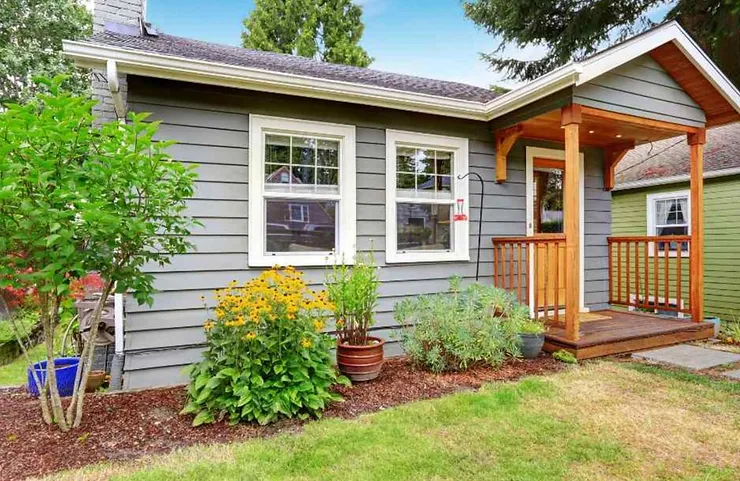
Adding square footage or converting less desirable areas can have a big impact on the value of your home in the long run.
For example, if having an extra bedroom or home office will provide more value than a formal dining room, consider spending (what may be a minimal amount) to rework the layout.
Find a Potential WOW Factor
Look for unique features or under-utilized areas within the home that could be highlighted and make your property stand out.
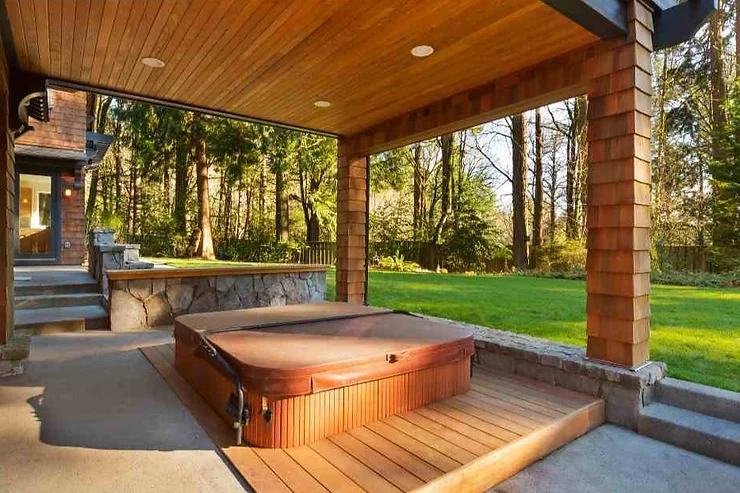
This could be anything from an original fireplace to a large backyard that could be transformed into a fabulous outdoor living area at a reasonable cost.
In a semi-related story, the first home I flipped in 2018 was a run down cabin that needed TONS of work. Envision brady bunch style throughout, but in a chalet style cabin.. yikes…

Photo of my 2018 fixer-upper
The house was located at the (very sludgy) end of a tributary. The main part of the lake was beautiful.. you just couldn’t see or use any of it from this sad looking, overgrown spot at the end.
The water frontage was essentially un-useable and extremely shallow.
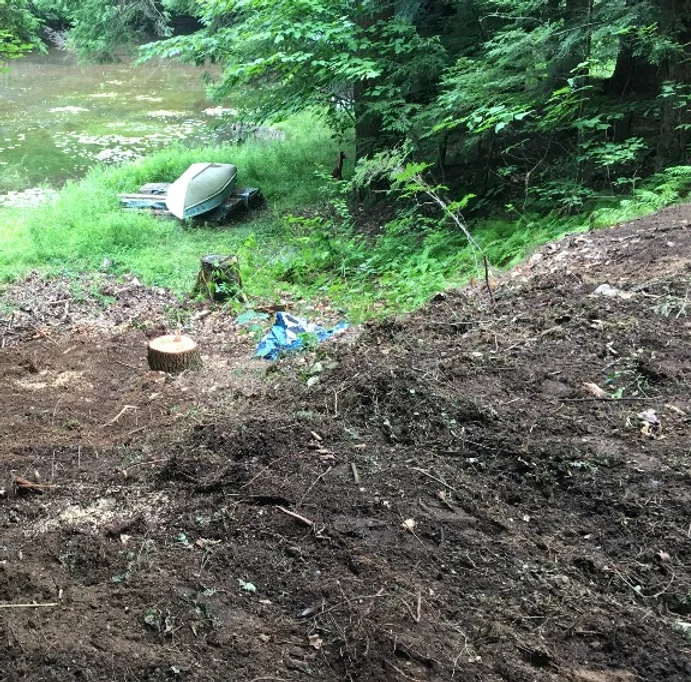
Photo of the overgrown yard and lake access
(I’ll link to more photos soon – I’m currently writing an article about this fixer upper and exactly what I did!)
This sad little house wasn’t even listed as being “waterfront” because it was literally the worst location on the entire lake for swimming, fishing, or basically anything else.
Advertising at as “water front” would’ve been somewhat misleading.
BUT, I saw the potential for what it could be – a cute little getaway spot for families.
We spent a year putting in the work to make it more modern and attractive, cleaned up the yard, (my kids got a nice lesson in hard work) and had a local contractor come in and build a nice but very standard wooden dock that extended out past the sludge and into the deeper part of the lake.
A couple years later, we sold our “lake front” (advertised as such!) cabin at the beginning of summer and had multiple offers on it within 30 days, for a profit of almost $90,000!
I went off the rails a bit there, but the point is – don’t overlook all the ugly ducklings out there. They might have big potential that other people just aren’t seeing.
On a similar note – always check zoning regulations. Your ugly duckling house may have other allowable uses like a small business or potential for subdivision.
If you have other use options, use your imagination and think about what local buyers need in the area.
Look Past Cosmetic Items
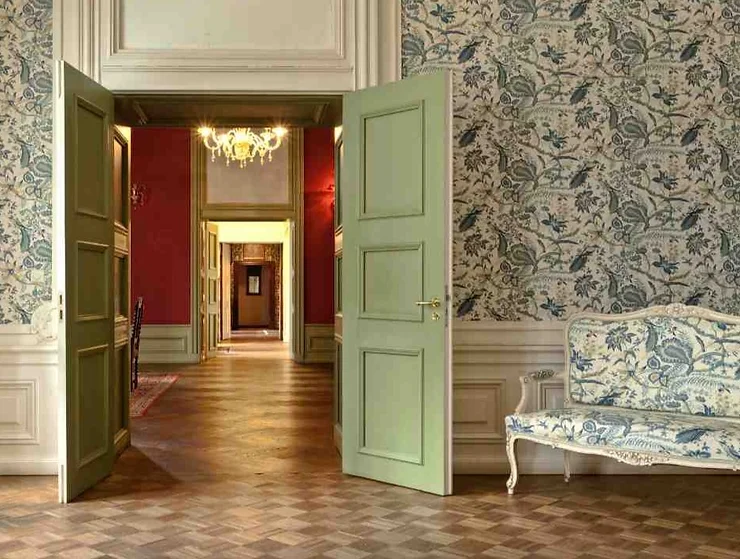
Don’t let outdated wallpaper or old carpet scare you off.
Most cosmetic items can easily be replaced, and often at a lower cost than expected. Instead, focus on the home’s overall layout and potential for customization.
Create Versatile Living Areas
Consider the layout of the home and how different spaces can be used for multiple purposes.
For example, a finished basement could serve as a playroom, an office, or be converted into an in-law space. Post-pandemic, homes with adaptable spaces that have multiple uses have become increasingly popular.
If you notice a perfect space for an in-law area or private office, enhance that feature so buyers can envision the possibilities.
Invest in Kitchen Functionality
As any investor knows, the kitchen is the heart of a home and can have a big impact on resale value.
Look for ways to improve functionality, such as adding more storage, or find a great deal on some fabulous appliances.
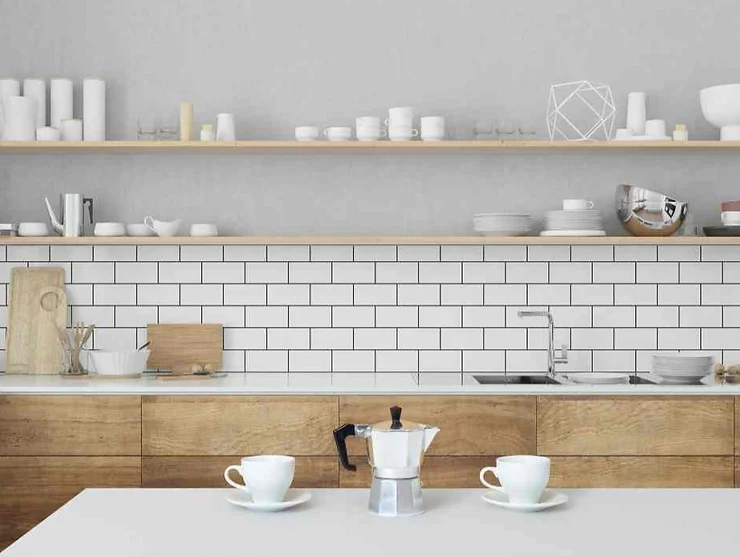
Consider popular (and often inexpensive) DIY trends in kitchen design, such as open shelving or farmhouse sinks.
Pinterest and Facebook design groups are great for this!
Too many investors spend a fortune on an elaborate kitchen renovation instead of focusing on simple improvements or add-ons that can be equally as pleasing to most buyers.
Remember, it’s not just about going as high end as possible while trying desperately to stay within budget.
It’s about smart planning, re-working, and knowing how to appeal to your most likely buyers without breaking the bank.
This article from Southern Living has some great tips on kitchen functionality over beauty.
Go For Rustic Charm vs. Sleek and Modern
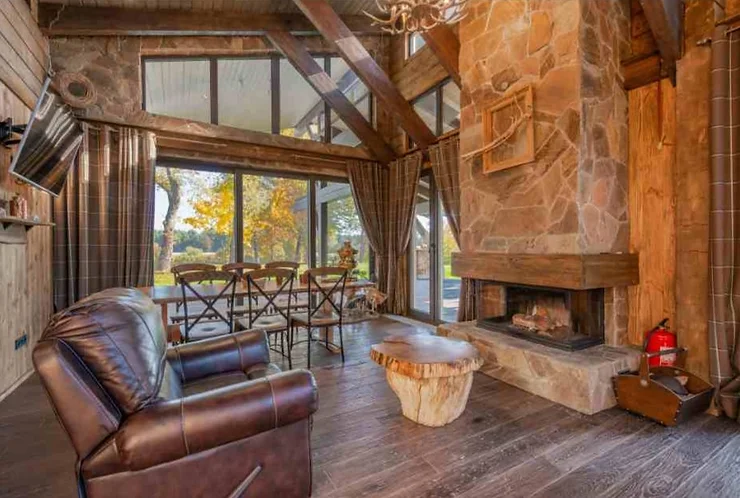
A warm and inviting space is just as desirable to many buyers vs. shiny, sleek, and modern.
Rustic elements, such as exposed brick or beams, or restored wood accents can add character and charm to a home.
Consider restoring or enhancing existing materials vs. going overboard on modernization, as this can sometimes end up feeling cold and uninviting.
Define the Living Areas Properly
Make sure each room has a clear purpose and is set up to function accordingly.
This not only helps buyers visualize how they could use the space, but it also gives the home a more organized and polished look.
Essential Tips for Potential Home Buyers
If you’re considering purchasing a fixer upper home, there are a few important must-do items to keep in mind:
- Get a Home Inspection: Have a comprehensive home inspection done to identify any potential issues that will require your attention and may come with a hefty price tag.
- Hire Qualified Professionals: When it comes to major renovations or repairs, (especially for components that must meet local codes), don’t cut corners.
YouTube videos can only take you so far!
- Create a Realistic Budget: Establish a realistic budget that accounts for both the purchase price and the anticipated home renovation costs.
- Plan for Contingencies: Renovation projects often come with surprises. Have a backup plan in case your timeline or budget go off the rails.
If you’ve already had a conversation about what to do in worst case scenarios, they won’t seem as devastating if and when they happen!
Brainstorm and consider a few of the big “what if’s” and at the very least, discuss what your options will be to keep moving forward.
While fixer upper homes are enticing, it’s extremely important to be aware of expensive headaches that can quickly send your project on a downward spiral.
Be wary when you come across structural issues, outdated electrical or plumbing systems, or environmental hazards.
Careful evaluation and professional guidance can help you avoid some of these more costly pitfalls.
Financing Options for Fixer Uppers

Financing a fixer upper home can be different from traditional home purchases.
Consider exploring various options that include financing for anticipated repair costs and allow reasonable time to complete the renovation, making them a great choice for those looking to tackle a project.
Popular Loan Options (If You Plan to Live in the Home):
1. Fannie Mae Homestyle Renovation:
These usually come with a 3% down payment and a minimum credit score of 620.
This type of conventional mortgage lets you buy a fixer-upper, cover renovation costs, and even do some DIY work. Great for rental and investment properties too!
2. Freddie Mac CHOICERenovation:
Similar to Fannie Mae’s option but with added flexibility for big projects.
With a 3% down payment and a credit score of 620, you have 12 months to complete the renovations, making it a solid choice for your home transformation.
3. Freddie Mac CHOICEReno eXPress:
Ideal for smaller rehab budgets, this more streamlined version also requires a 3% down payment and a 620 FICO score.
You get 180 days to complete your home improvements after purchase, removing some of the stress of a strict timeline.
4. FHA 203(k):
Backed by the Federal Housing Administration, this option typically has a 3.5% down payment and a credit score in the 600 range.
It’s designed for smaller renovation projects, but bear in mind the need for mortgage insurance premiums (PMI) throughout the loan.
5. VA Renovation Loan:
Specifically for veterans or active-duty service members, this option offers a zero down payment, low rates, and no ongoing mortgage insurance.
The loan amount covers renovations, but you can’t borrow more than the “repaired value” of the home.
An appraisal will provide an estimate of what the home will be worth once renovated.
6. USDA Renovation Loan:
A good option for those who spot a single-family home in a more rural area, this option requires no down payment.
It funds home improvements and possibly energy-efficient features, covering a large portion of the U.S. Check your eligibility here.
For more info on the above loans, this is a good resource.
Other Loan Options For Savvy Investors:
Hard Money Loans
Hard money loans are tailored for real estate investors and offer flexibility in down payments and credit requirements. They’re great for flipping houses, with a shorter repayment period of one to three years.
However, the higher interest rates (8% to 15%) reflect the risk of lending to investors who may not qualify for traditional mortgages. Some lenders may want to see a proven track record.
Private Money Loans
Private money loans can offer flexible terms and may cater to those with “iffy” credit. With quick approval, they also offer customization for borrowers.
However, potential downsides include high down payments, variable interest rates (anywhere from 7% to 3%), and a short loan duration.
HELOC (Home Equity Line of Credit)
HELOCs, which tap into your homes equity, offer access to funds over 10-15 years. Interest applies only to actual withdrawals, and there’s no need for a down payment.
However, variable interest rates, potential prepayment penalties, ongoing fees, and the risk of using the home as collateral are things to consider.
Crowdfunding
Real estate crowdfunding is a newer way for investors to pool money for property ventures. With low initial capital requirements (as little as $50), it’s accessible to a broader investor base.
While it’s low-risk due to small, affordable investments managed by experts, there are limited returns compared to owning a property outright.
The lack of control over property management decisions and the relatively new nature of this strategy should tell you to proceed with caution.
Helpful (and Free!) Tools For Your Fixer Upper
Savvy investors and design experts utilize the help of online tools to manage costs and envision their spaces for maximum resale value.
Online tools like the ones below can help you create a budget, plan renovations, and visualize your home’s potential.
Some also include project management features that can help you track expenses, timelines, and contractor information.
A few favorites, recommended by my local real estate friends (that are free AND user friendly) include:
This home management app saves receipts, inventory, To Do lists, manuals, and other documents and saves them in one safe place.
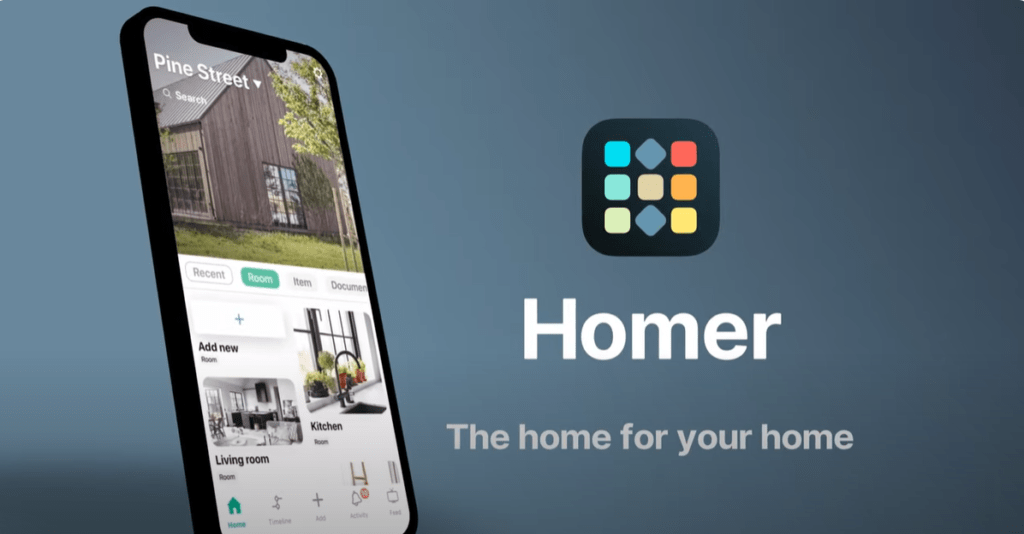
With a huge database of home design inspiration, they also have a tool for management and planning of your project.
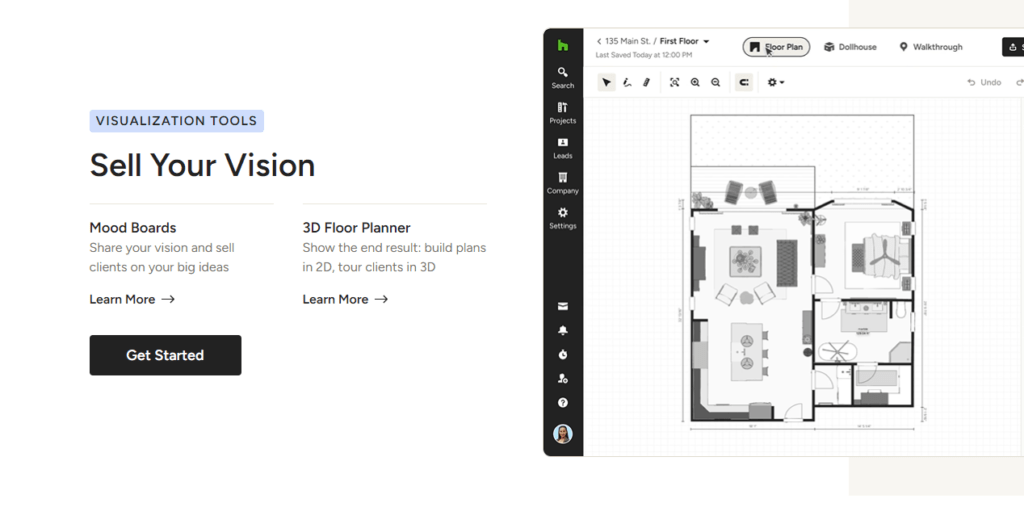
This 3D room design app allows you to decorate a room, paint walls or floors, add furniture, and have fun imagining your new spaces.

This app lets you play with a million different colors so you can visualize your room design. You can take pictures and upload them into the app for an accurate visualization.
This cool app allows you to design and plan out different landscaping elements. Gather material lists and get quotes right from the app.

You can use limited features for free or upgrade for access to all features.
The site has a nice downloadable calculator that gives you estimated renovation costs and potential profits.
The Bottom Line
Fixer upper homes can hold incredible potential for those willing to invest the time, effort, and resources into transforming a diamond in the rough into a shiny gem.
By understanding the benefits, carefully assessing a few key factors, and implementing the tips provided, you’ll be better equipped to spot your next project home and embark on your next profitable adventure.
Happy renovating!
*Always consult with professionals, such as real estate agents, appraisers, contractors, and financial experts for advice and guidance specific to your situation.
What’s your take on fixer-uppers?
Would you ever buy a place that needs some obvious TLC or do you always go for the move-in ready home?

Kimberly has been a Certified Appraiser in New York since 2004. With a background in the mortgage industry and prior licensure as a real estate agent, she brings a valuable perspective to buyers, sellers, and other industry professionals. Aside from her professional role, she’s an entrepreneur, novice home flipper, and proud mom of three.
License No. 45000046311 | FHA Certified | Member GSAR/NYSAR | Approved Supervisory Appraiser
